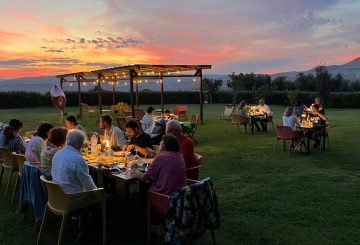年轻的唱片收藏家卢·麦克纳利最近为她的父亲找到了一张中国危机专辑,父亲是利物浦乐队的粉丝。黑胶唱片具有独特的吸引力,无论是针尖的嘎吱声还是温暖的声音,这种音乐形式仍在蓬勃发展。
Brian Wafer 在北岛各地组织唱片展,出售各种二手唱片、再发行唱片、收藏唱片和新唱片。他相信你可以通过谁在浏览博览会来分辨出一天中的时间。金属迷和 DJ 通常在最后一小时到来,经常在前一晚的活动中宿醉。
20世纪80年代,Wafer曾在新普利茅斯经营一家名为Imahit Records的独立音乐商店和唱片公司。但是,随着音乐品味和格式的发展,商店关门了。现在,他喜欢组织唱片展作为一种富有成效的爱好。
Wafer 认为,黑胶唱片之所以持续流行,是因为它的有形特性。许多人喜欢保留唱片和重温过去的怀旧之情。他一直在通过在线市场、车库销售和房地产许可来寻找记录。
在最近在新普利茅斯举行的唱片展上,Wafer的箱子里装满了七英寸的单曲。但是,摊主彼得·怀特却专注于与新西兰有关的音乐,尤其是稀有物品。他解释了什么是车床切割 —— 一张清晰、塑料、蚀刻的唱片,虽然脆弱,声音粗糙,但极为罕见。他甚至还有一首由Beastie Boys在新西兰巡演期间制作的车削单曲,售价为1000美元。
长期收藏黑胶唱片的艾伦·戴喜欢黑胶唱片的怀旧之情。他很欣赏唱片附带的附注和歌词,而数字下载中却缺少这些内容。
老师莎拉·桑普森为她的兄弟(Netherworld Dancing Toys)找到了一张朋克合辑《AK79》。26岁的卢·麦克纳利是博览会上的年轻收藏家之一。她喜欢唱片收藏的怀旧气息,并为父亲找到了一张中国危机唱片。
Wafer 认为组织唱片展的努力是值得的。尽管涉及这项工作,但他认为这是一件有趣的事情,而不是一件繁琐的事情。自称是黑胶唱片迷,他在这些活动中扮演着自己的角色。




























































